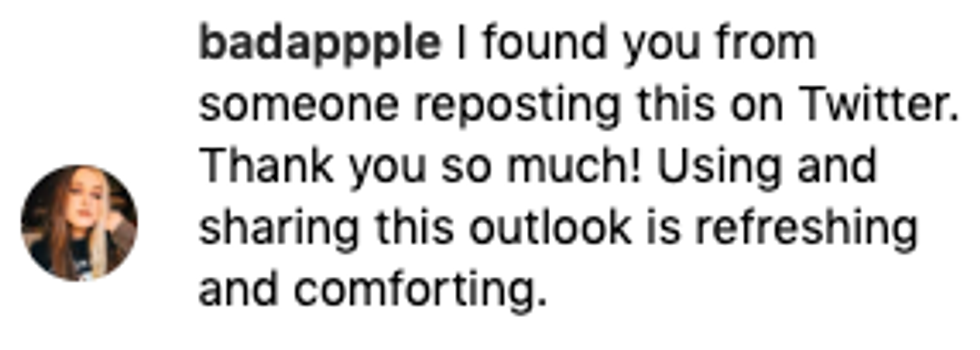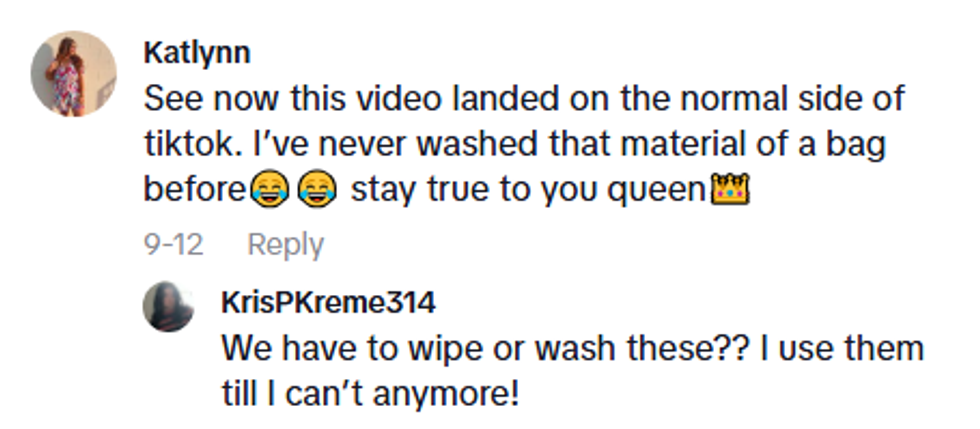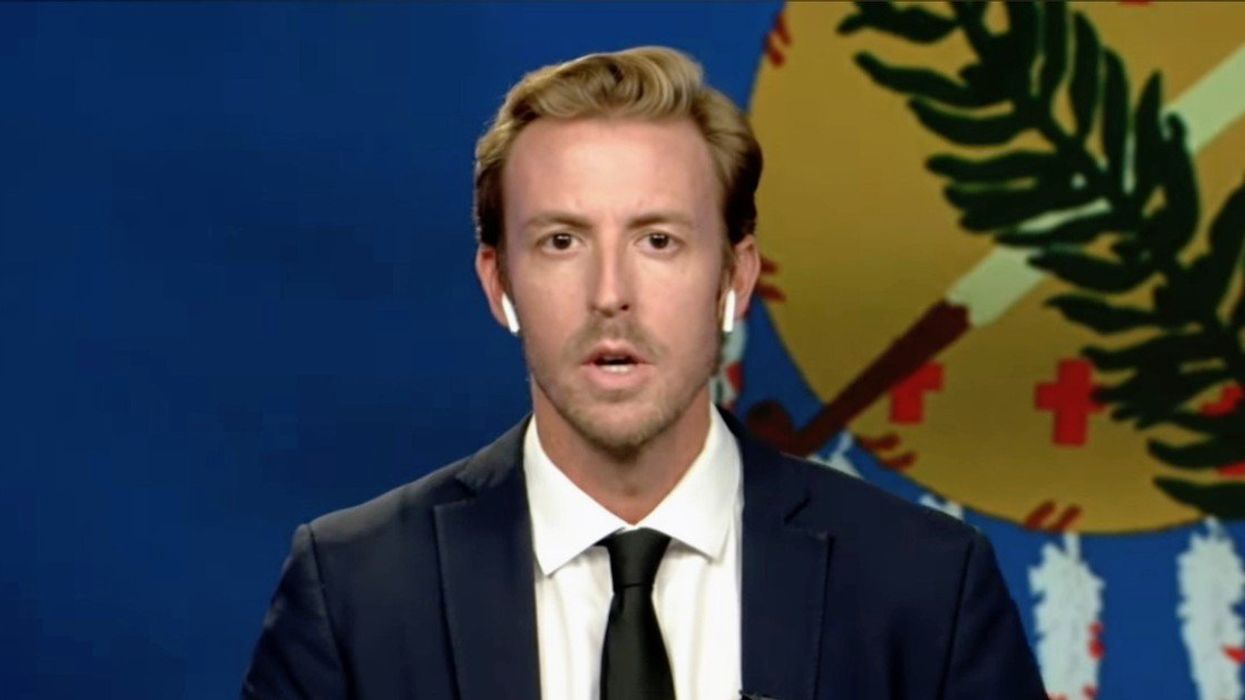Having someone to support you and to be a positive influence in your life can be a beautiful and even life affirming thing. But toxic positivity is also a thing.
It's insidious and can serve to completely invalidate the other person's feelings.
Believe it or not, when someone is seeking help and support, they're not necessarily looking for positivity.
Consider what writer Sarah Schuster has to say on the subject:
You can't make someone be positive. You can't sprinkle positivity dust on them and make their problems go away. And honestly, when people are seeking help and support, they're usually not looking for straight-up, inspirational poster positivity. More often, they're looking for validation that their negative feelings are OK.
Toxic positivity is the opposite of what many of us are looking for when seeking help and support:
The hard-to-face truth is, supporting people isn't about being "positive." In fact, when you force positivity down someone's throat, it can actually have the opposite effect. "Toxic positivity" can make people feel unsafe expressing their negativity, and negativity thrives in isolation. It can make people think there's something wrong with them for not simply "choosing" happiness, and shame is negativity's enabling best friend.
When we're supporting someone who's hurting, we need to leave room for positivity to grow. And you don't yell at a flower to "just" grow — you water it. In this case, you water it with listening, with validation, and with unconditional support. It's OK to experience negative emotions, and with support, we can help people who are stuck in negativity find their own way out. Simply telling them to "be positive" doesn't cut it.
This is where a graphic created by Whitney Hawkins Goodman, LMFT, owner of The Collaborative Counseling Center, comes in, and it's eye-opening.
Hawkins Goodman successfully illustrates the difference between toxic positivity and actual validation and hope below:
Here are some positive sayings I found on Pinterest. Alone, they're pretty benign. But for someone who is really struggling they can sting. I translated them into some different variations that I think still inspire hope, but are validating. What do you think?
See the difference?
Others do, and the chart has proved rather eye-opening for those seeking to understand the two distinctions.
We should always work on ourselves to be better friends––and better people––step by step!






















 @kaylenhailey/TikTok
@kaylenhailey/TikTok @kaylenhailey/TikTok
@kaylenhailey/TikTok @kaylenhailey/TikTok
@kaylenhailey/TikTok @kaylenhailey/TikTok
@kaylenhailey/TikTok @kaylenhailey/TikTok
@kaylenhailey/TikTok @kaylenhailey/TikTok
@kaylenhailey/TikTok @kaylenhailey/TikTok
@kaylenhailey/TikTok @kaylenhailey/TikTok
@kaylenhailey/TikTok @kaylenhailey/TikTok
@kaylenhailey/TikTok @kaylenhailey/TikTok
@kaylenhailey/TikTok @kaylenhailey/TikTok
@kaylenhailey/TikTok @kaylenhailey/TikTok
@kaylenhailey/TikTok @kaylenhailey/TikTok
@kaylenhailey/TikTok @kaylenhailey/TikTok
@kaylenhailey/TikTok @kaylenhailey/TikTok
@kaylenhailey/TikTok @kaylenhailey/TikTok
@kaylenhailey/TikTok @kaylenhailey/TikTok
@kaylenhailey/TikTok @kaylenhailey/TikTok
@kaylenhailey/TikTok @kaylenhailey/TikTok
@kaylenhailey/TikTok @kaylenhailey/TikTok
@kaylenhailey/TikTok
 pcmag.com/Apple
pcmag.com/Apple @bkharthun/TikTok
@bkharthun/TikTok @bkharthun/TikTok
@bkharthun/TikTok @bkharthun/TikTok
@bkharthun/TikTok @bkharthun/TikTok
@bkharthun/TikTok @bkharthun/TikTok
@bkharthun/TikTok @bkharthun/TikTok
@bkharthun/TikTok @bkharthun/TikTok
@bkharthun/TikTok @bkharthun/TikTok
@bkharthun/TikTok @bkharthun/TikTok
@bkharthun/TikTok @bkharthun/TikTok
@bkharthun/TikTok @bkharthun/TikTok
@bkharthun/TikTok @bkharthun/TikTok
@bkharthun/TikTok @bkharthun/TikTok
@bkharthun/TikTok @bkharthun/TikTok
@bkharthun/TikTok